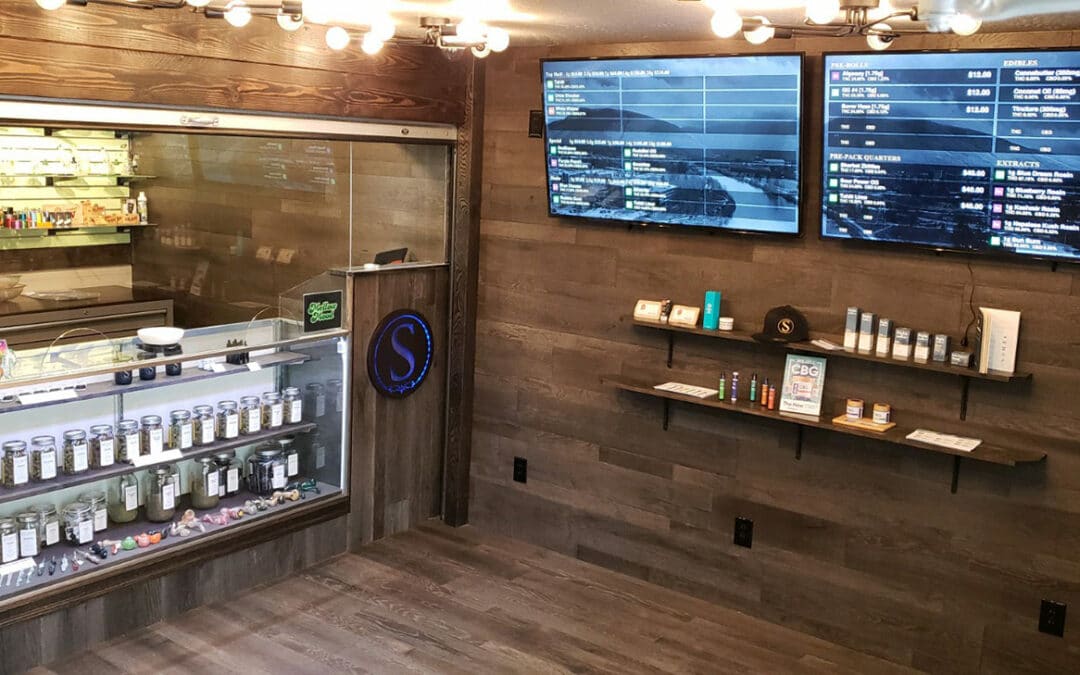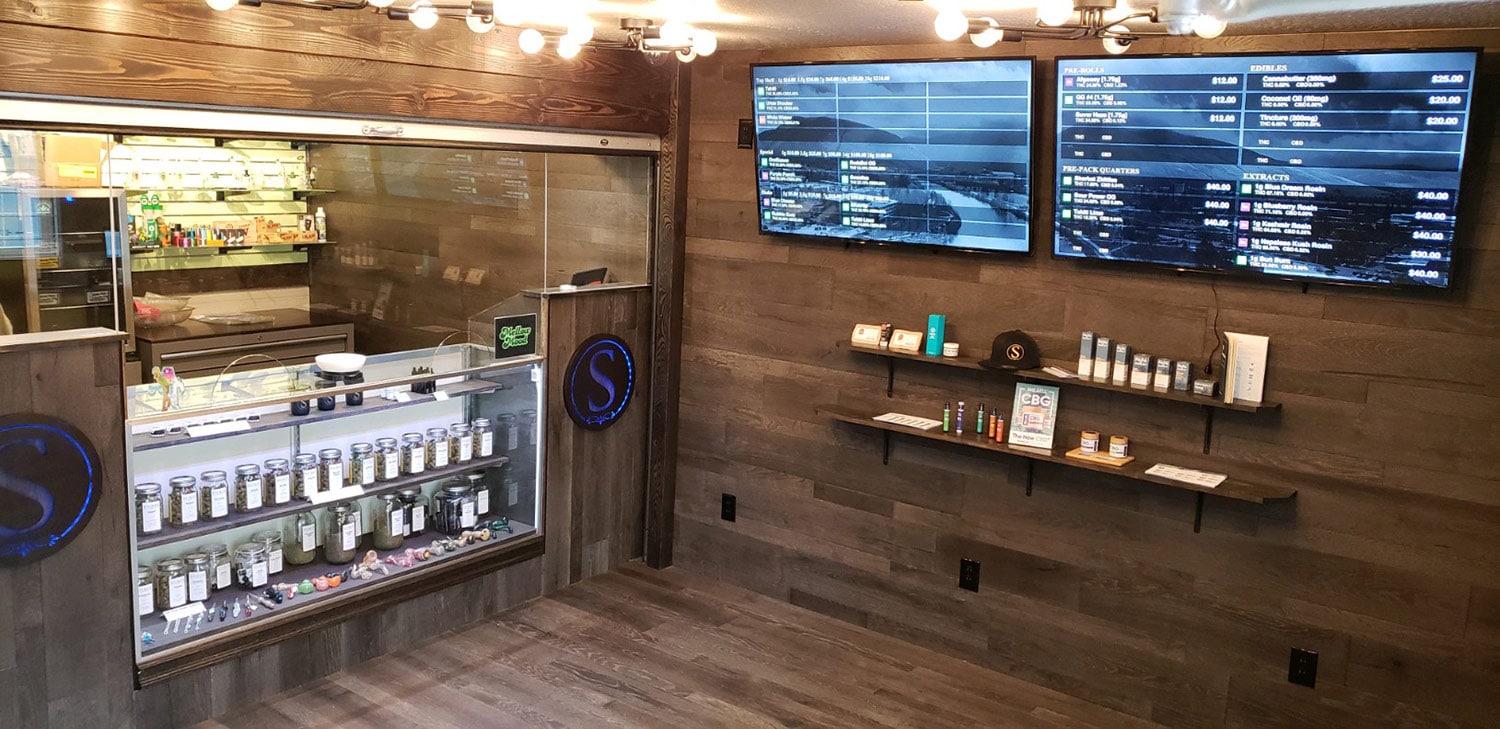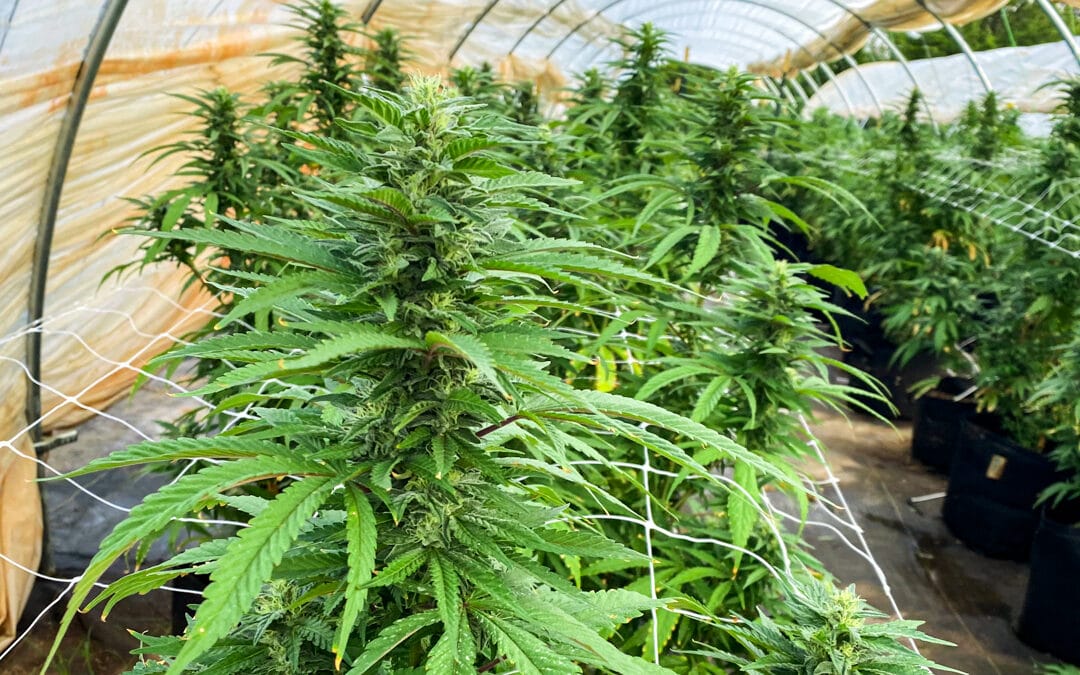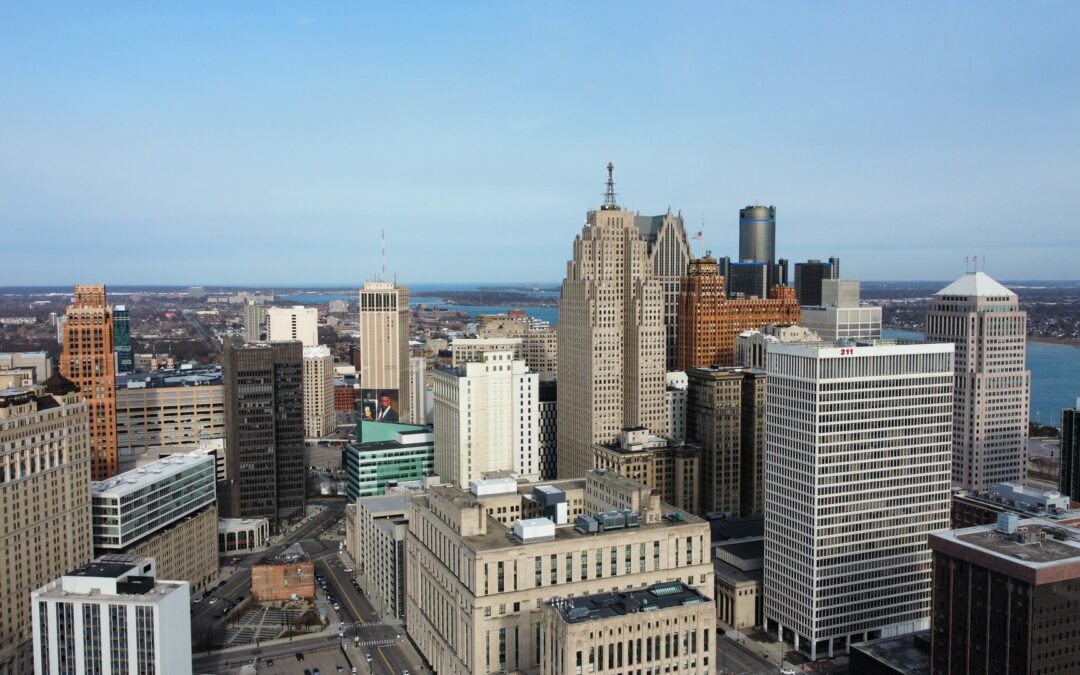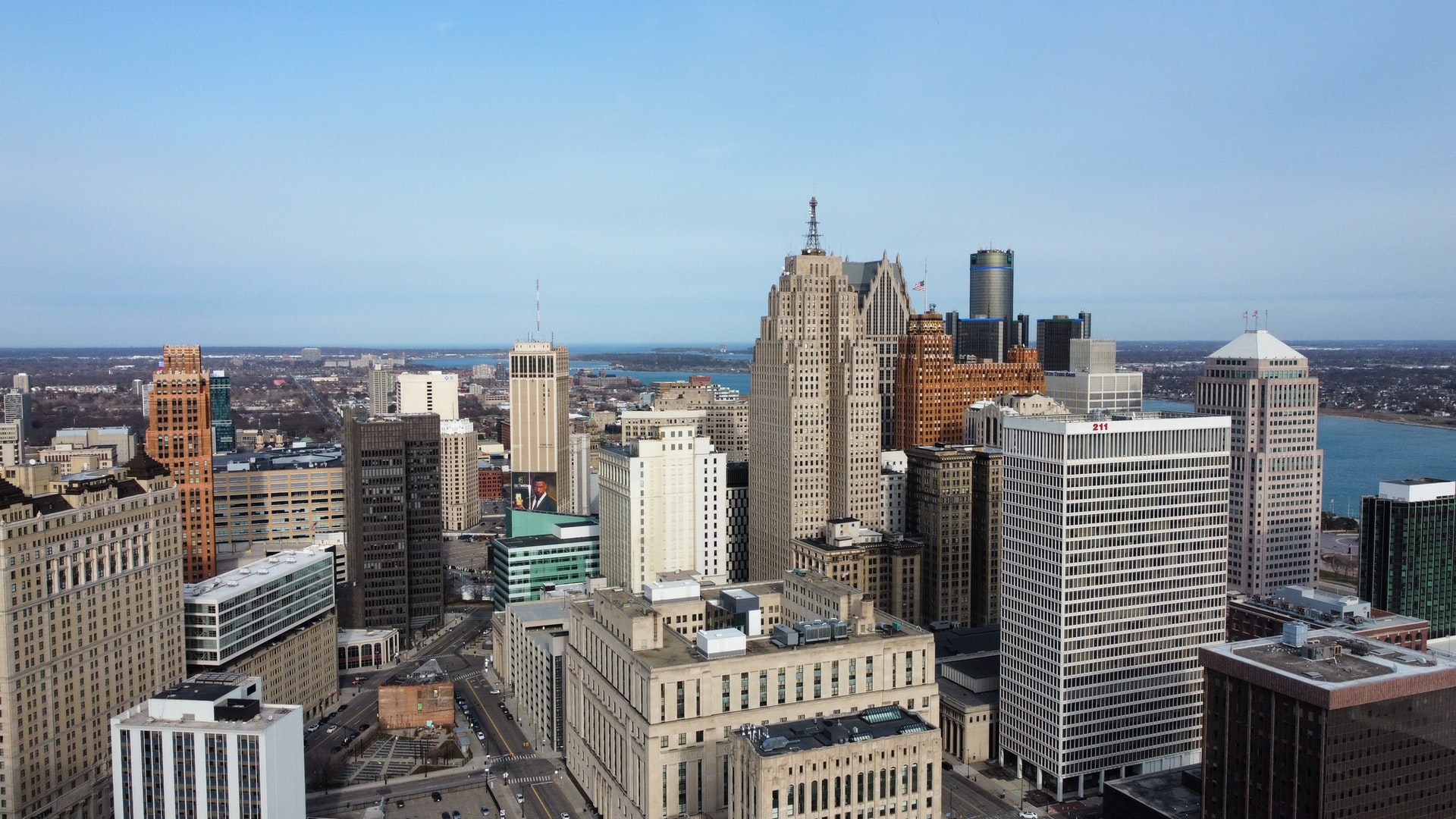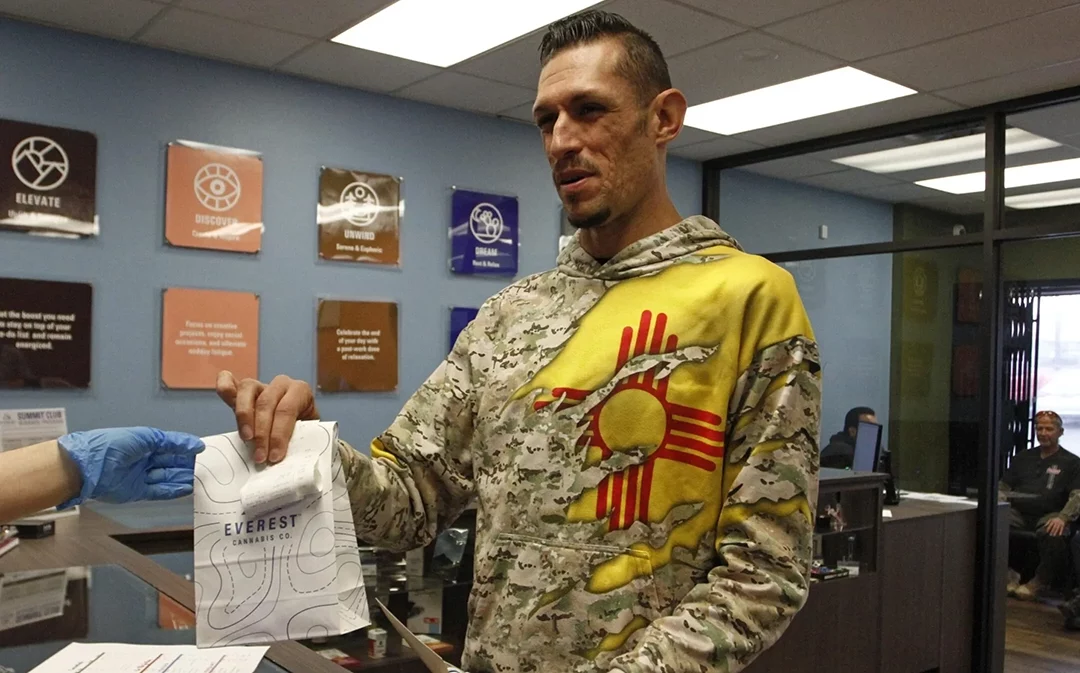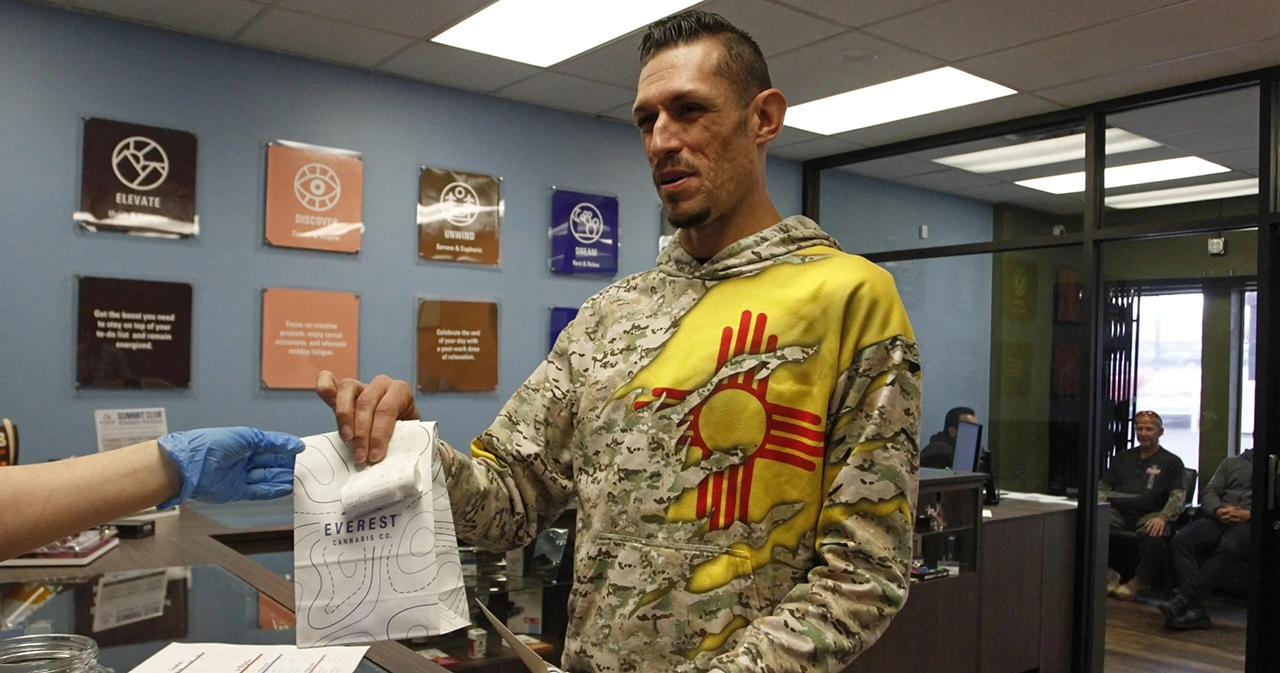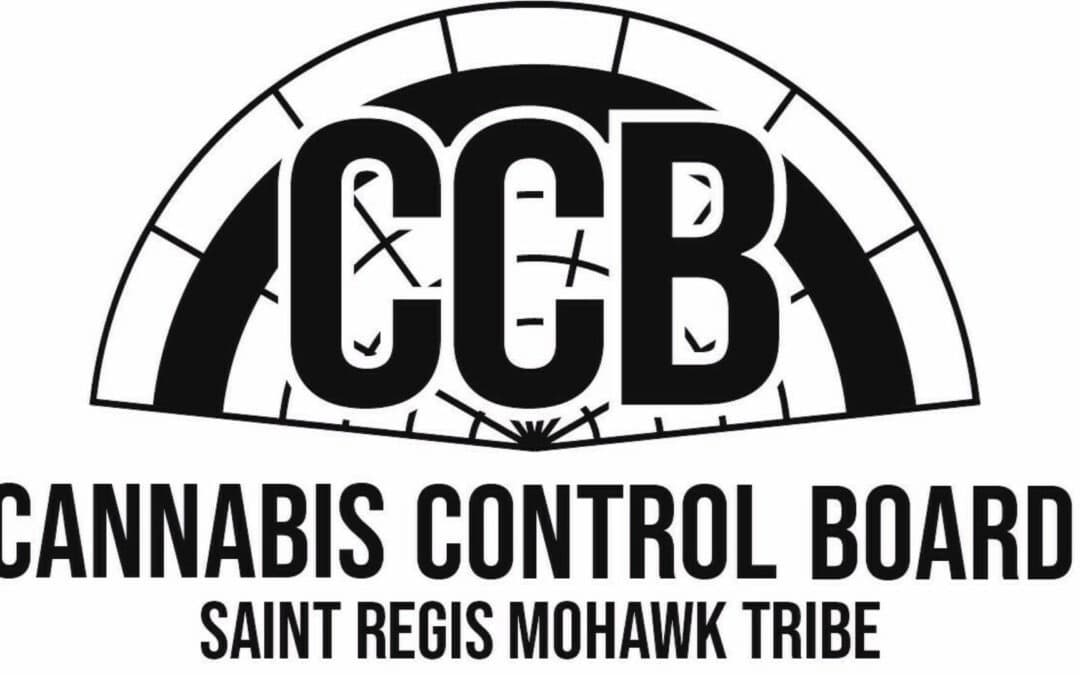
First New York cannabis dispensaries to open on tribal land
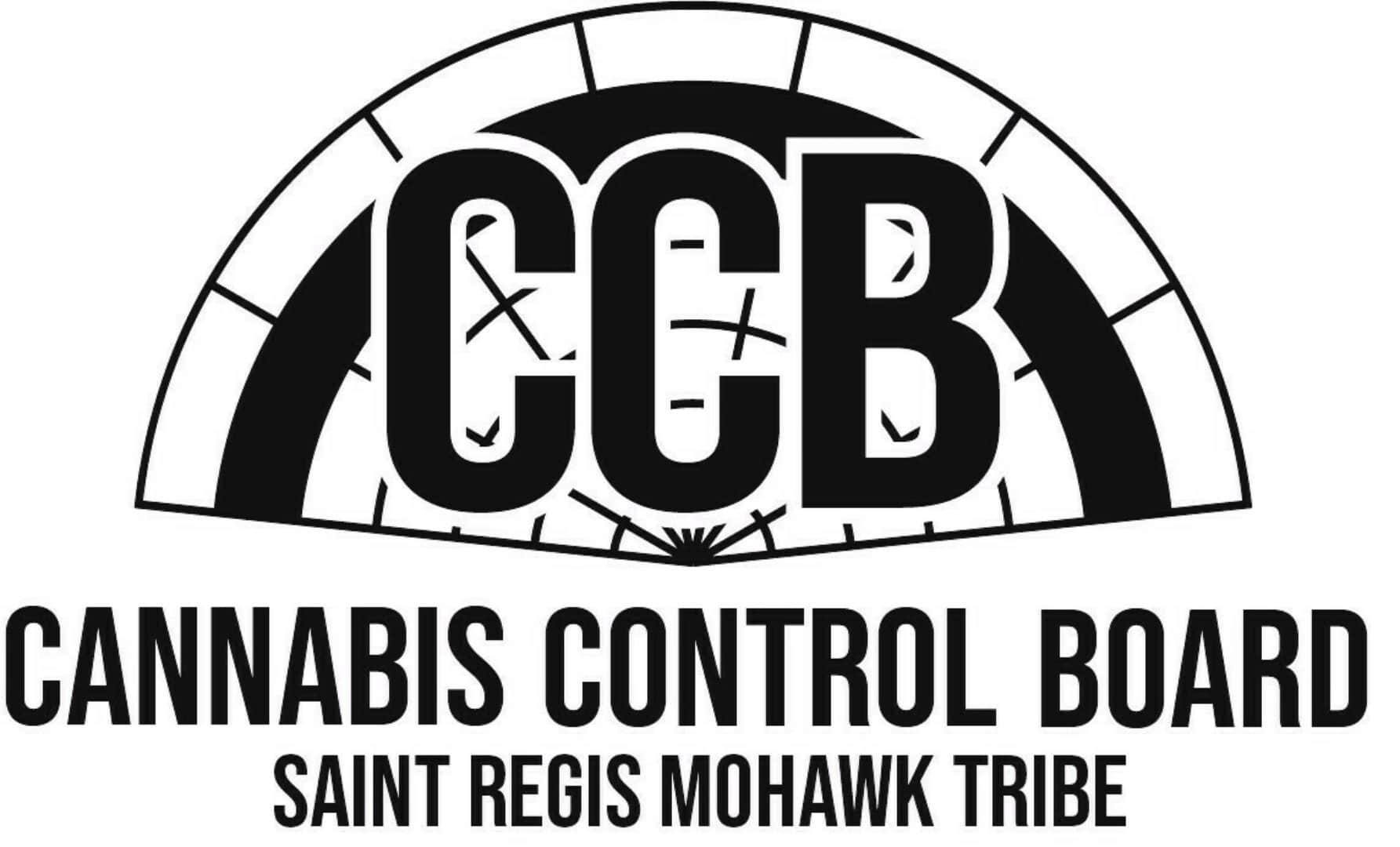
The New York legal cannabis industry may be delayed by politicians and bureaucracy, but that isn’t stopping Native tribes from rolling out their own markets.
The Saint Regis Mohawk Tribe based in Akwesasne will be the first to launch a regulated cannabis market in New York state. Beginning April 15, several Tribal businesses will open their doors to sell cannabis flower, edibles and other cannabis products to consumers.
The Tribe is able to do so thanks to their Adult Use Cannabis Ordinance. The ordinance states that adults 21 years old or older can transport, possess, and use up to three ounces of cannabis and up to 24 grams of concentrated cannabis.
Once New York legalized cannabis officially in 2020, the option to legalize the plant on tribal lands became more enticing. Not beholden to state laws and regulations regarding the plant, the Tribe was free to establish their own regulatory framework to permit sales and possession.
The Saint Regis Mohawk Tribe is also the first in the country to regulate and license tribal member-owned businesses for cannabis.
According to the Tribe, licensing fees collected from legal cannabis operations will be used to keep community members employed and fund a wide range of community services. Additionally the funds will help support educational scholarships, public safety, road maintenance, elder assistance, health care, and community organizations.
Tribal Chief Michael Conners said he believes the system will benefit the community while providing a safe product for consumers.
“We are confident that the hard work of the tribally licensed cannabis business owners will result in loyal customers from beyond Akwesasne,” Conners said. “We know that it took a while, but we are confident that our system is designed to provide quality product, in a regulated system, with Compliance oversight and a qualified Board of Managers to see that all regulations are followed for the safety of our community and consumers.”

